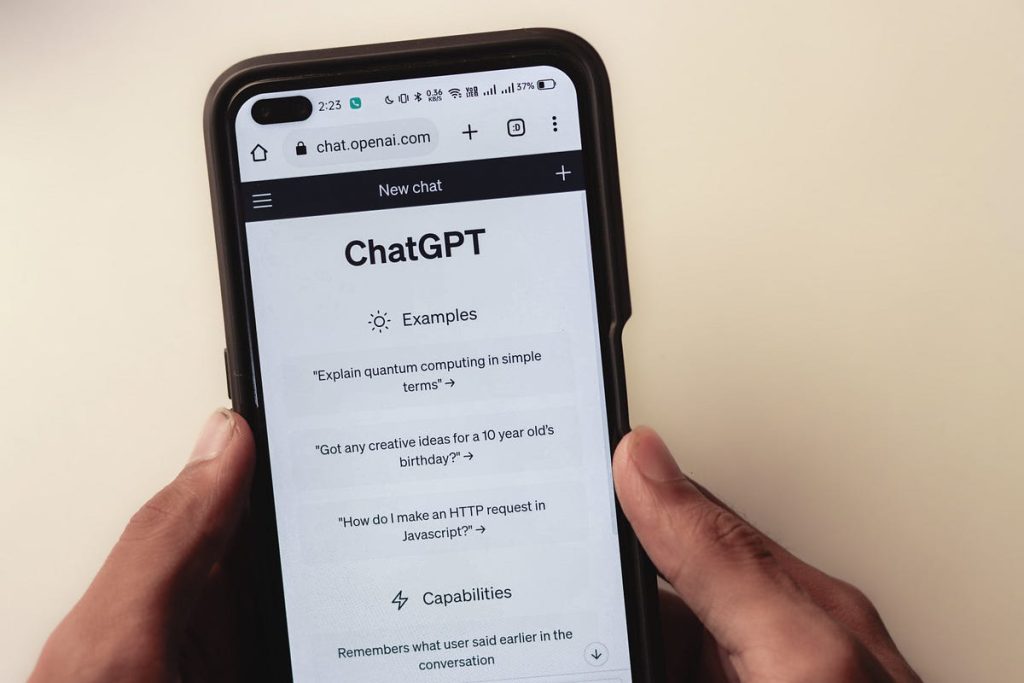In today’s digital age, online communication has become an integral part of our daily lives. From social media platforms to messaging apps, people rely on various digital channels to connect with others, share information, and engage in conversations. However, with the widespread use of chatbots and virtual assistants, ensuring the safety and security of these interactions has become increasingly important.
One key tool in this endeavor is the Chat GPT detector, a system designed to identify and mitigate harmful or inappropriate content in online conversations. In this article, we’ll explore the evolution of Chat GPT detectors, examining how they have evolved to address emerging challenges and protect users in the digital realm.
The Rise of Chat GPT Detectors

As chatbots and virtual assistants have become more sophisticated, so too have the methods used to detect and prevent abuse and misuse of these systems. Early iterations of Chat GPT detectors relied primarily on rule-based approaches, where predefined patterns or keywords were used to flag potentially harmful content. While effective to some extent, these systems often struggled to adapt to the ever-changing nature of online communication and were prone to false positives and negatives.
However, with advances in machine learning and natural language processing, a new generation of Chat GPT detectors has emerged. These systems leverage deep learning algorithms, such as neural networks, to analyze and understand the context of conversations more effectively. By training on large datasets of labeled examples, these detectors can identify patterns and nuances in language that may indicate malicious or inappropriate behavior.
Key Features and Capabilities
Modern Chat GPT detectors boast a range of features and capabilities designed to enhance conversational safety and security. Some of the key features include:
- Contextual Understanding: Unlike rule-based systems, which rely on predefined rules, modern Chat GPT detectors can understand the context of conversations and distinguish between harmless banter and potentially harmful content.
- Multimodal Analysis: In addition to analyzing text, advanced detectors can also process other modalities, such as images, audio, and video, allowing them to detect a wider range of harmful content, including hate speech, harassment, and explicit imagery.
- Real-time Monitoring: Chat GPT detectors can operate in real-time, monitoring conversations as they unfold and flagging potentially problematic content as it arises. This enables platforms to take immediate action to mitigate harm and protect users.
- Customization and Adaptation: Detectors can be customized and fine-tuned to suit the specific needs and requirements of different platforms and communities. They can also adapt and learn over time, improving their accuracy and effectiveness.
Challenges and Limitations
While Chat GPT detectors have made significant strides in enhancing conversational safety and security, they still face several challenges and limitations. Some of the key challenges include:
- Adversarial Attacks: Malicious actors may attempt to evade detection by intentionally crafting messages to bypass the detector’s algorithms. Adversarial training techniques, such as robust optimization and data augmentation, can help mitigate this risk, but it remains an ongoing challenge.
- Contextual Ambiguity: Language is inherently nuanced and context-dependent, making it challenging for detectors to accurately interpret the meaning of messages, particularly in complex or ambiguous situations.
- Bias and Fairness: Chat GPT detectors may inadvertently perpetuate bias and discrimination, reflecting the biases present in the training data. Addressing these issues requires careful attention to data collection, annotation, and model design.
- Privacy Concerns: The use of Chat GPT detectors raises privacy concerns, as they involve analyzing and monitoring users’ conversations. Platforms must strike a balance between protecting users’ safety and respecting their privacy rights.
Future Directions

Looking ahead, the future of Chat GPT detectors lies in continued innovation and collaboration across academia, industry, and civil society. Some potential directions for future research and development include:
- Explainable AI: Enhancing the transparency and interpretability of Chat GPT detectors will be crucial for building trust and accountability. Research into explainable AI techniques, such as attention mechanisms and model interpretability, can help shed light on how detectors make decisions and identify areas for improvement.
- Federated Learning: Federated learning techniques, which enable models to be trained collaboratively across distributed datasets without sharing raw data, can help address privacy concerns associated with Chat GPT detectors. By preserving data privacy while still benefiting from shared knowledge, federated learning offers a promising approach to enhancing conversational safety and security.
- Cross-modal Analysis: As online communication becomes increasingly multimodal, with users sharing not only text but also images, audio, and video, detectors must evolve to analyze and understand these different modalities. Research into cross-modal analysis techniques, such as multimodal fusion and alignment, can enable detectors to detect a broader range of harmful content and provide more comprehensive protection.
In conclusion, Chat GPT detectors play a critical role in enhancing conversational safety and security in the digital realm. By leveraging advanced machine learning techniques, these detectors can identify and mitigate harmful or inappropriate content in online conversations, protecting users from a range of threats, including hate speech, harassment, and explicit imagery. However, they also face challenges and limitations, including adversarial attacks, contextual ambiguity, bias and fairness, and privacy concerns. Addressing these challenges will require continued innovation and collaboration across academia, industry, and civil society. By working together, we can ensure that Chat GPT detectors remain effective, ethical, and accountable tools for promoting safer and more inclusive online communities.